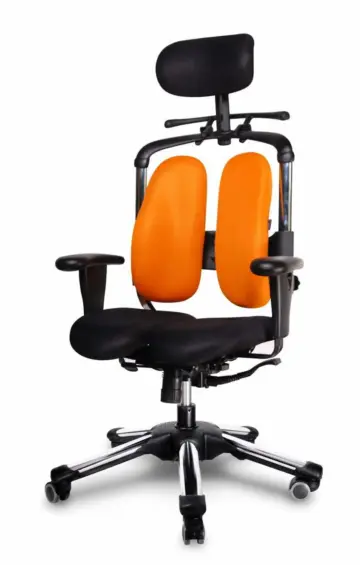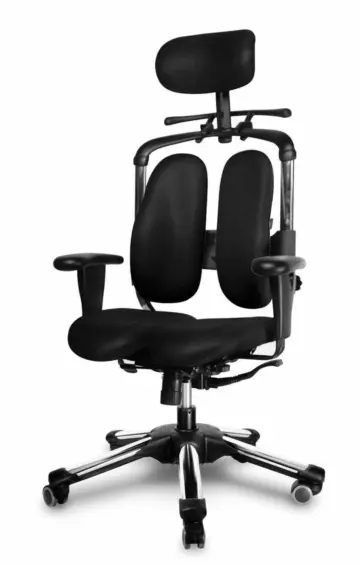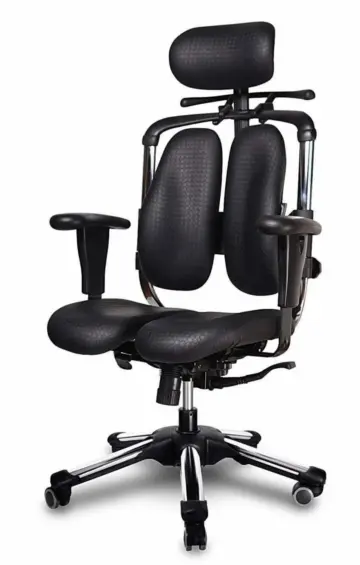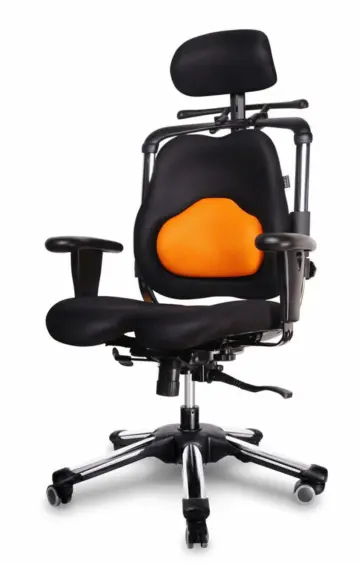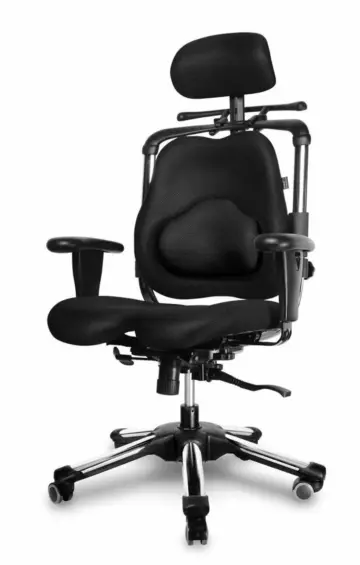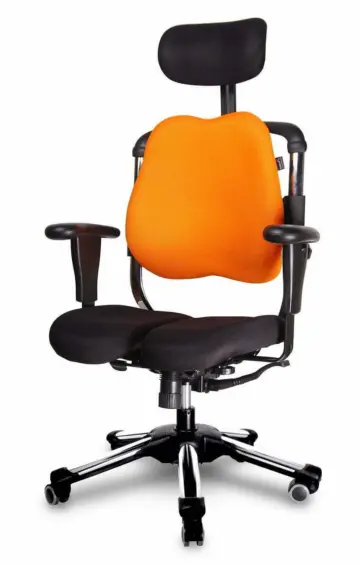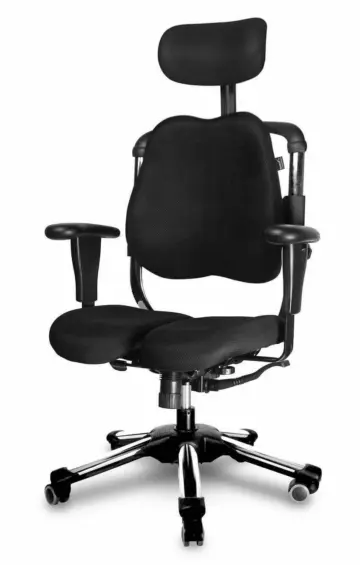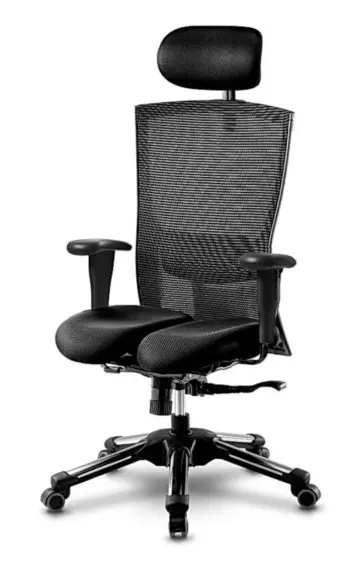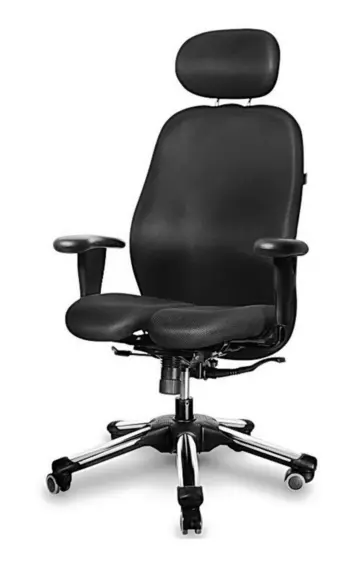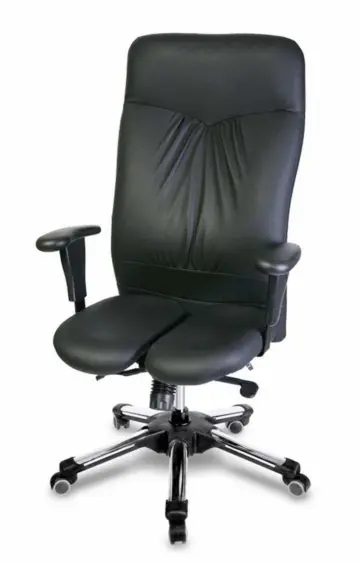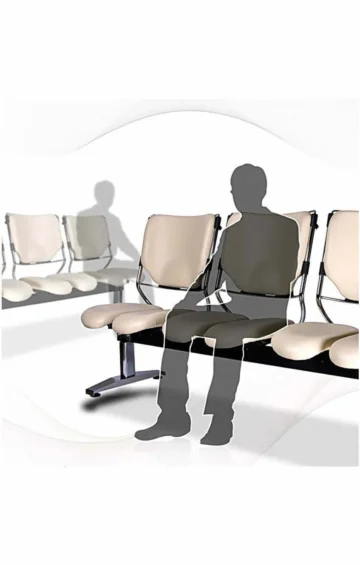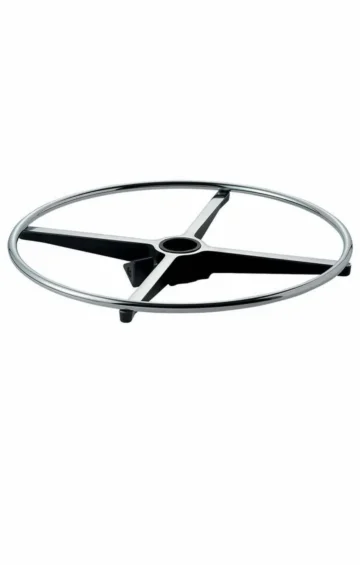Sitting Incorrectly
The greatest sitting sins
Incorrectly adjusted, old office chairs or desks can be a horror in everyday office life. The main causes of sick leave due to back pain include a non-ergonomic workplace and improper sitting. The mistakes in sitting can be corrected if you know them. For example, sitting cross-legged is the number one sitting sin. When you sit with your legs crossed, the blood cannot circulate well. It also squeezes the nerves, tendons, and ligaments. A feeling of numbness can set in, the legs and feet feel “asleep”. And a possible pelvic misalignment is encouraged..
The telephone clamp is another example of improper seating. If you clamp the telephone receiver between your ear and shoulder and continue typing on the keyboard, you are sitting incorrectly and need not be surprised at a tense neck. Better to set the phone loud or install a hands-free kit. But even with a non-ergonomic office chair, sitting the wrong way is inevitable. If you just sit on the edge of a chair and hunch your back, you don’t need to be surprised by complaints in your lower back. A hunched back puts strain on the intervertebral discs and restricts breathing. However, an incorrect arm position can also lead to pain in the shoulder and neck area. One reason for this is the unfavorable posture of the arms and wrists, which are raised and angled when working on a desk.
Better: set up the workplace ergonomically
The keyboard should be in front of the screen so that the hands are not bent upwards. It is optimal if there is still 15 to 20 centimeters of space for the hands in front of the keyboard. Wrist rests relieve the strain on the shoulders and neck when typing. When your arms are on the desk laying loosely on the armrests while reading or reading can also relax your shoulders and neck. Footrests can also be helpful and, for example, compensate for the height difference to the floor for smaller people if the table cannot be adjusted. At the same time, footrests relieve the leg muscles and the back. But the backrest in the area of the upper edge of the pelvis should also provide good support. The front edge of the seat is ideally at the height of the back of your knees. When leaning back, however, there should be a little air left, so that there are still about two fingers between the seat and the back of your knees.
Sitting Properly
However, incorrect sitting can be corrected with the right office chair and the right posture: Simply put your feet on the floor and tilt your pelvis slightly forward. The upper and lower legs should form a right angle. Ideally, the thoracic spine is upright when sitting and the pelvis is tilted slightly forward so that the spine comes into its physiological S-curve. We recommend an ergonomic office chair with a dynamic seat and backrest that supports an upright posture, strengthens the back muscles and forces the body to move while sitting. Work chairs with the “dynamic sitting” function are now a way of promoting back health and preventing back problems in the long term.

